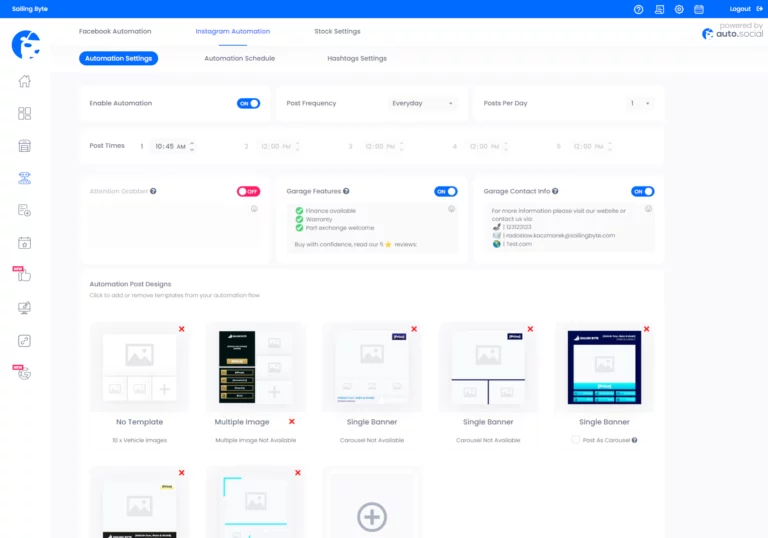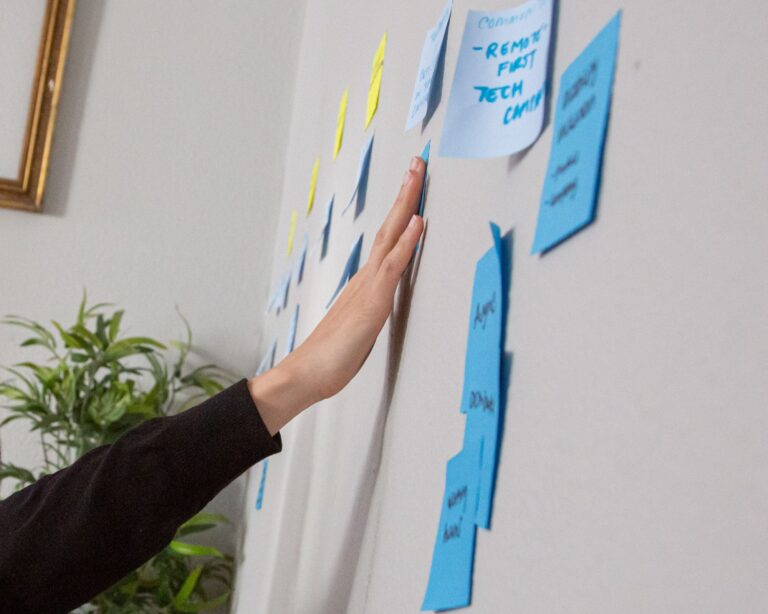Many people think that product life consists of creation and constant growth in popularity. They imagine it as a constant development that never ends. It is not entirely true. Not many people know that the product (as many other things in life and business) has its beginning and end. It is called product life. This life is divided into parts (stages) which are characterized by certain features. Let us describe the life cycle of a product so it can be better understood and adequately used within your business.
What is the product life cycle?
The term simply describes the time between the introduction of the product to the users and its removal from the market. Within that time, marketing teams and management undertake necessary actions such as advertising, price reduction, market expansion, redesigning, and many more strategic moves. These actions are known as product life cycle management. It is necessary to conduct it well to extend the life cycle of the product, which will benefit the business.
What are the product life cycle stages?
Essentially, the product life cycle can be divided into four phases: introduction, growth, maturity, and decline. Let’s go through the most characteristic features of these stages.
Introduction Phase
This stage consists of the release of the product to the users. It is characterized by a large investment in advertising and marketing. It is understandable because, how can anyone buy a product when they do not know about its existence? That is why the product must be appropriately described, and its benefits emphasized. Most often, this phase is not beneficial for the business. Not only the advertising costs are high but also the prices are usually promotional and the sales are scarce as the product is not yet widely known. It is worth keeping those logical explanations in mind for the times it feels like your product is a disaster. It may not be, it may just go through a normal introduction phase. It is worth waiting it out because if your product is successful, it will enter the…
Growth Phase
The growth phase is when your product gets the biggest boost. At this stage, the demand for your product grows. Because of that, you produce more and more of the product to make it available to all customers. And there are many of them because, by now, your product has become popular and well-known. However, it is not a time to save on advertising as the competition does not sleep. That is why the marketing strategies should focus on the features that make the product unique and better than others. It is also the time to improve the product based on the customer experiences. It is important to encourage feedback and focus on customer relations so your product can achieve its best version and the brand upkeeps customers’ trust. Even though the sales and revenue increase, the product prices might have to be lowered due to competition prices.
Maturity Phase
Among the product life cycle stages, maturity is how almost everyone imagines the life cycle of a product looks like all the time. It is when the product is at its highest profitability. It means that the costs such as marketing and production decrease so the revenue is the highest. It does not mean that the business should rest on its laurels. The competition is the strongest, which means that profit margins start to shrink. Product innovation is the way to stay competitive and present in the market. To achieve that, constant customer feedback and analysis are a must. This stage is the hardest as the product is already very good, and all the efforts should be directed into keeping it in this phase for as long as possible because the next stage is…
Decline Phase
The last phase among the product life cycle stages is decline. As the name indicates, the product does not sell as well as before as the market is flooded with similar products. Also, the company may have decided to focus on alternative products. Therefore, the marketing efforts might have declined. The more loyal customers, the longer the decline stage. The company might even decide to stop supporting the product altogether. One of the prime examples is old software and electronics. They cease to operate as the updates discontinue, which forces customers to find working alternatives. Another route the company might decide to take is to revamp the product and introduce a fresh new version. It usually results in re-entering the life cycle of a product.
What about the product idea and creation?
We shall not forget that before the actual introduction, there is perhaps one of the most important times for the product, its invention. The ideas of the business that form in our heads are of course very exciting but every respectable business owner remembers about the so-called ‘reality check’ before the introduction phase commences. What such check consists of? A lot of research and analysis of the market, financing and the product itself (read more about the preparations in our article about how to start a business from scratch).
Is it important to know the product life cycle stages?
Understanding the stage in which your product is and acting adequately is crucial for business success. From the business point of view, the most important differences in business actions are within the marketing. Once the product is new, marketing focuses on the product explanation. The more mature it is, the more differentiation and uniqueness should be stressed. Therefore, to make vital business decisions it is essential to know the product life cycle stages.
Sailing Byte may not be a marketing agency, but we sure have experience with the product life cycle. We helped many clients create their products and successfully prepare them for the introduction phase. What is more, we can advise on the necessary steps at every stage of the life cycle of a product. Finally, if your product needs a makeover to reenter the product life cycle stages, there is no better place to look for help than a software house with years of experience and many successful product deployments under its belt. Schedule a time for a meeting and boost your product performance right away!




